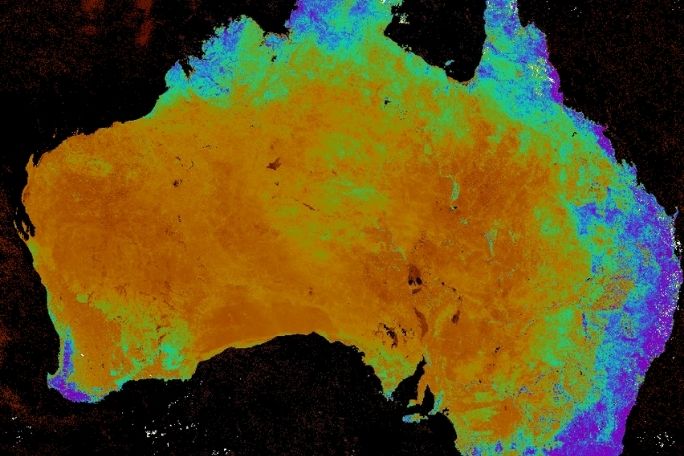Lesson summary
Students will learn about the variations in our country’s climate and how this can cause natural hazards. Students will compare Australia’s climates as well as track climates on a map.
Learning intentions:
Students will...
- learn about the features of Australia’s diverse climates
- learn about the effects of climate change on Australia’s landscape
- learn about the natural hazards caused by Australian conditions.
Success criteria:
Students can...
- describe Australian climates and the consequential natural hazards they create
- apply their understanding of climates to a map of their local area.
Lesson guides and printables
Curriculum links
Select your curriculum from the options below.
Lesson details
Curriculum mapping
Australian Curriculum content descriptions:
Year 3 HASS Geography:
- The main climate types of the world and the similarities and differences between the climates of different places (ACHASSK068)
Relevant parts of Year 3 HASS Geography achievement standards: Students compare the climates, settlement patterns and population characteristics of places, and how these affect communities, past and present. Students examine how individuals and groups celebrate and contribute to communities in the past and present, through establishing and following rules, decision-making, participation and commemoration.
Syllabus outcomes: GE2-1
General capabilities: Critical and Creative Thinking, Intercultural Understanding.
Cross-curriculum priority: Aboriginal and Torres Strait Islander Histories and Cultures (only for the extension of learning), Sustainability
Level of teacher scaffolding: Medium – facilitate class discussion, support students in independent work
Resources required
- Art Supplies – colured pencils and textas
- Device capable of presenting a video to the class
- Individual devices with access to the internet (optional)
- Maps – PowerPoint
- White paper
Skills
This lesson is designed to build students’ competencies in the following skills:
- Community engagement
- Communication
- Critical thinking
- Creativity
- Cultural understanding
- Empathy
- Flexibility
- Global citizenship
- Collaboration
Additional info
We encourage you to undertake the free PD Course How to teach a unit on fire and flood resilience for tips on how to best deliver this lesson.
If you’re concerned about the challenging nature of these topics, consider the free PD Course How to approach trauma in the classroom for information on how best to support your students.


Welcome back!
Don't have an account yet?
Log in with:
Create your free Cool.org account.
Many of our resources are free, with an option to upgrade to Cool+ for premium content.
Already have an account?
Sign up with:
By signing up you accept Cool.org's Terms and Conditions(Opens in new tab) and Privacy Policy(Opens in new tab).